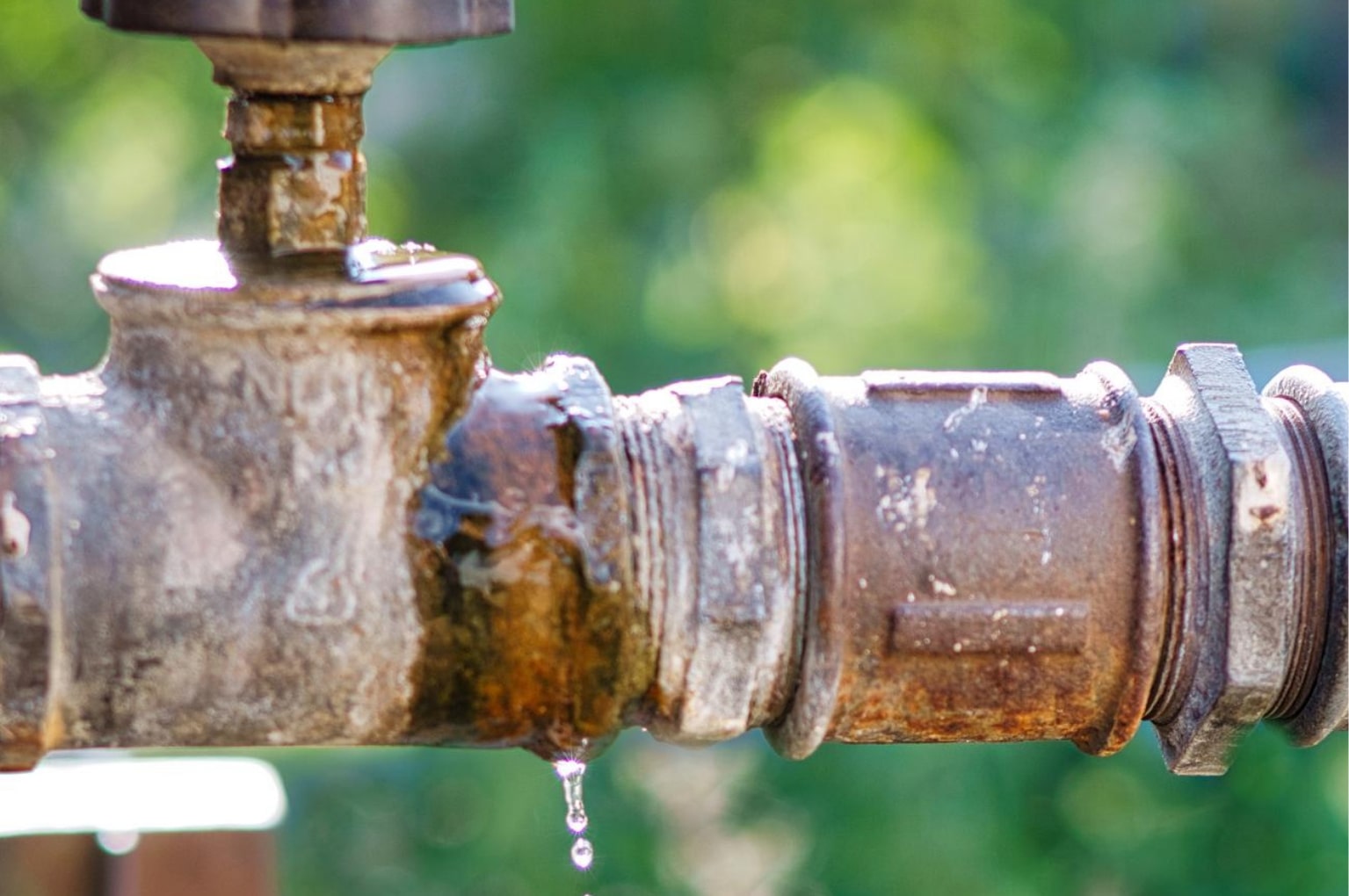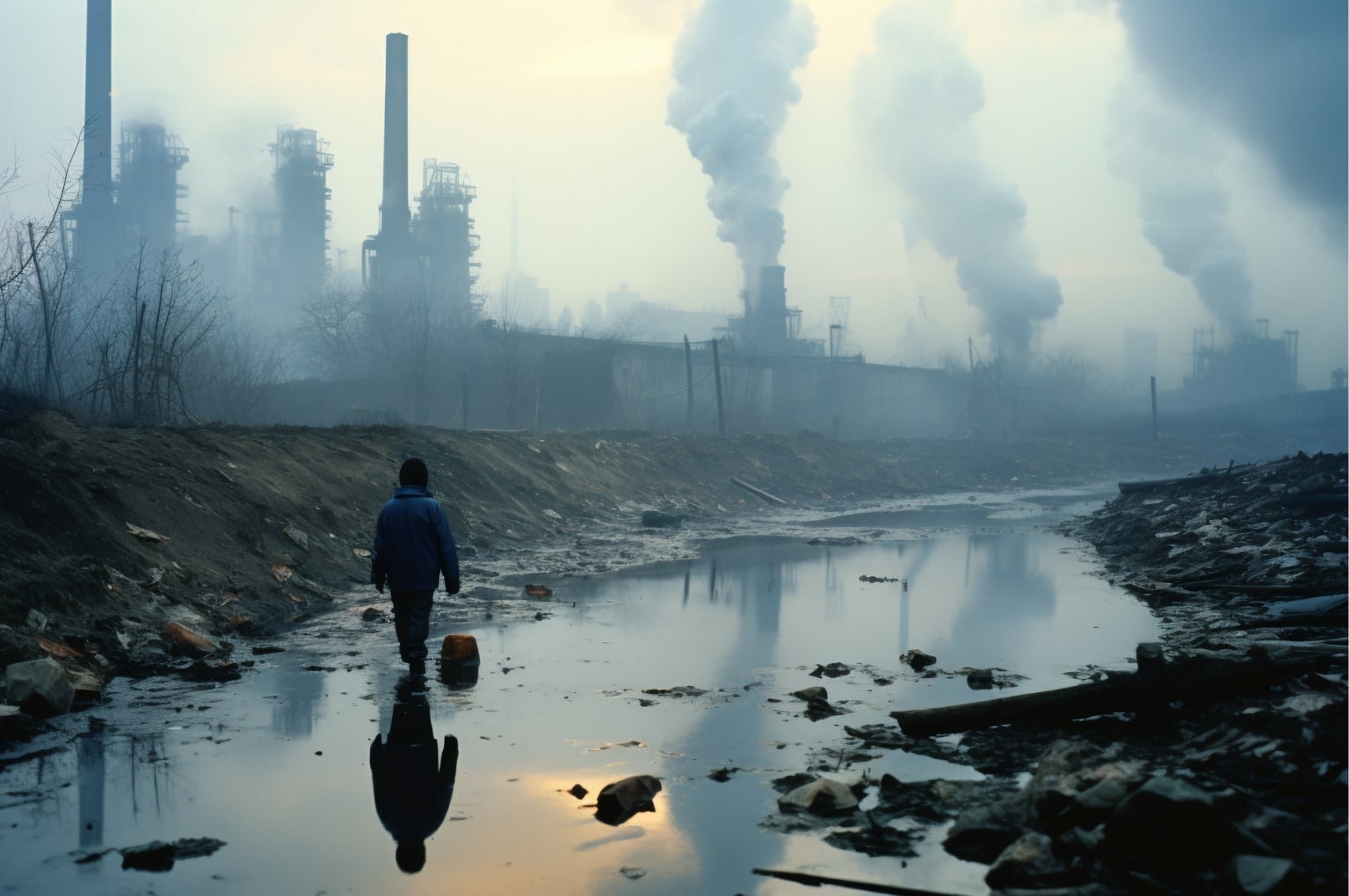Do you know what’s lurking in your drinking water? Despite treatment processes, a wide range of contaminants often persist, leading to drinking water contamination.
This is a widespread issue, even in water supplied by public water suppliers across the country.
Gaining insights into the most common water contaminants, and understanding their potential impacts on health and home, can help you decide if in-home water treatment is necessary.

In the United States, common water contaminants are varied and can be found even in treated drinking water.
Although many contaminants are treated and removed before reaching your tap, occasional lapses can lead to exposure.
The Environmental Protection Agency (EPA) and the Safe Drinking Water Act (SDWA), which set federal drinking water standards, categorize common contaminants in water into four main types of water contamination:
These categories encompass an array of substances, some harmless like certain minerals, and others linked to serious health effects like immune system damage, organ harm, or increased cancer risks.
For a comprehensive overview of these contaminants, the EPA’s National Primary Drinking Water Regulations (NPDWR) provide a detailed list, which is regularly updated through the EPA’s Contaminant Candidate List.
Microbes, a significant biological contaminant, include:
Legionella, causing Legionnaires’ disease, emphasizes the threat of microbial contaminants in public water systems. Reverse osmosis is effective in treating water for microbial contaminants.
VOCs, prevalent chemical contaminants, are commonly found in many household and industrial products. They include substances like Chloroform, Toluene, Perchloroethylene, etc. Activated carbon filtration is highly effective in removing VOCs from drinking water.

The Flint water crisis truly showed us the dangers of heavy metals like lead in water supplies. Common heavy metals in drinking water include Lead, Copper, Arsenic, etc. Treatments like reverse osmosis and ion-exchange units are effective against heavy metals.
Disinfectants like chlorine, crucial for water safety, can form harmful by-products. Granulated activated carbon (GAC) filtration is the best treatment for removing disinfectants and DBPs from drinking water.
PFAS, recently recognized for their potential health risks, are common in various environments and drinking water systems. Activated carbon filtration and ion-exchange systems are effective treatments against PFAS.
Learn More: Water Pollution: Bad for Humans and Animals Alike

Microbiological testing identifies waterborne pathogens such as bacteria, viruses, and parasites. These microorganisms, often coming from septic systems or agricultural runoff, are responsible for illnesses like cholera and typhoid fever.
Heavy metals such as lead, mercury, and arsenic can leach into drinking water from natural sources or corroded pipes. Lead contamination, for instance, poses serious health risks and can enter the water supply through plumbing systems.
Chemical pollutants, including nitrates, pesticides, and volatile organic compounds (VOCs), can infiltrate water from many sources.
According to the Minnesota Department of Health, nitrates, often found in fertilizers and industrial waste, easily impact blood oxygen levels.
Pesticides and herbicides from agricultural activities can contaminate groundwater or surface water, reaching home water supplies.
Homeowners should consider a blend of water treatment solutions, such as reverse osmosis, ultra-filtration, distillation, ion exchange, and activated carbon filters.
Rayne Water has been the one-stop shop for residential & commercial water treatment customers for nearly a century.

The quality of our drinking water is heavily influenced by the geological and environmental context of the water sources.
Areas with non-carbonate bedrock and thin soils tend to have lower concentrations of dissolved substances in water due to high runoff.
Regions with thick glacial deposits or loess have higher mineral concentrations due to prolonged water interaction with soil and rock.
The EPA reports that fertilizer runoff in agricultural areas can increase nutrients like nitrogen and phosphorus in water bodies, leading to eutrophication.
This process can cause dense plant growth and deplete oxygen levels in water, harming aquatic life.

Human activities, including industrial and agricultural operations, introduce various contaminants into water systems.
Point sources, like industrial discharges, are more straightforward to monitor and control compared to diffuse sources such as agricultural runoff or stormwater.
Addressing these factors requires a comprehensive approach. Implementing better land use practices, controlling agricultural runoff, and using effective water treatment methods are key.
Regular monitoring of water quality and informed decision-making are essential to protect and enhance our water resources.
You Might Like: The EPA Water Quality Standards

Manufacturing processes release a significant amount of pollutants into water bodies. These include heavy metals, chemicals, and various by-products, each contributing to the overall contamination of water resources.
As per Frontiers, lead and mercury are prominent heavy metals in industrial pollution. Found in numerous industrial products, lead is known for its bioaccumulation in organic tissues, leading to severe health issues.
Mercury, utilized in a range of industries, can transform into Methylmercury in water bodies, presenting threats to both environmental and human health.
Industries also discharge petrochemicals used in energy generation, plastics, and electronics manufacturing.
Mismanagement in storage and disposal can significantly pollute the environment. Oil spills from industrial activities create surface layers on water, disrupting ecological processes and harming marine life.
To reduce pollution, industries must effectively manage and treat waste. Adopting waste minimization techniques and cleaner production practices are essential.
Regulatory measures play a role in controlling industrial discharges and encouraging environmentally responsible practices.
Rayne Water has been dedicated to improving water quality since 1928, providing high-quality water treatment systems for homes, businesses, and industries. Trust us to provide you with the gift of life: pure, healthy water. Contact your local Rayne Water office today.
What are the most common contaminants found in drinking water?
Common contaminants in drinking water include biological pollutants like bacteria and viruses, heavy metals such as lead and mercury, chemicals like nitrates and pesticides, and industrial by-products including petrochemicals and solvents.
How does industrial activity contribute to water contamination?
Industrial activities contribute significantly to water contamination through the release of various pollutants. These include heavy metals like lead and mercury, oils, petrochemicals, and other toxic substances. These contaminants can enter water bodies through direct discharge, leaching into groundwater, or as runoff from contaminated land.
What are the health risks associated with drinking contaminated water?
Drinking contaminated water can lead to a range of health issues. Exposure to lead and mercury can cause neurological and developmental problems, especially in children. Biological contaminants can lead to waterborne diseases like cholera and typhoid fever. Chemicals and industrial pollutants can increase the risk of cancers, liver and kidney damage, reproductive issues, and other chronic health conditions.
How can individuals protect themselves from drinking water contamination?
To protect against water contamination, individuals can use water filters that are certified to remove specific contaminants. Regularly testing well water, particularly in areas prone to agricultural or industrial pollution, is also crucial.
What actions can industries take to minimize their impact on water quality?
Industries can adopt cleaner production methods, which involve conserving raw materials, reducing waste and emissions, and eliminating the use of toxic materials. Implementing effective waste management and treatment processes, ensuring proper storage of hazardous materials, and complying with environmental regulations are also critical steps.